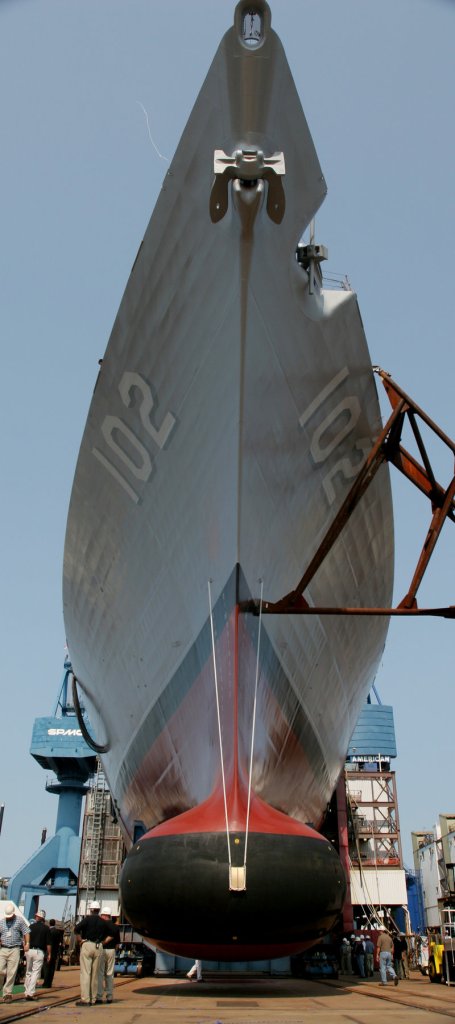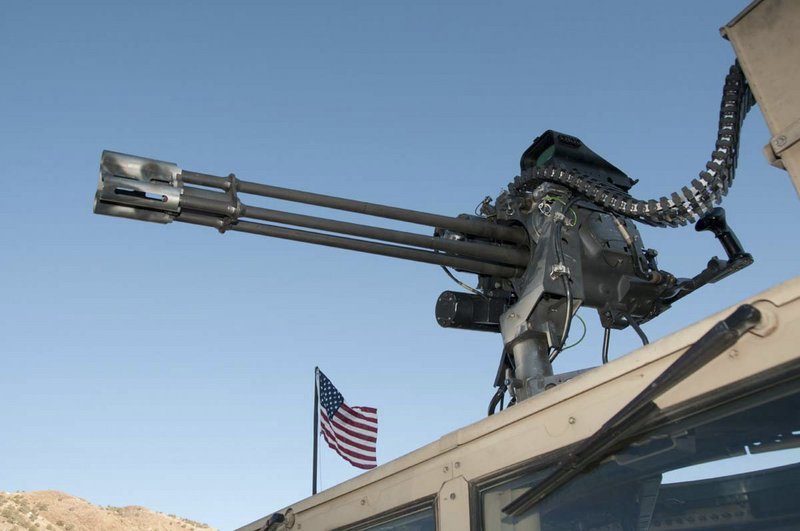WASHINGTON – The defense industry is remaking itself in the face of changing technologies and shrinking budgets, with companies rushing to buy or sell vast lines of business to better position themselves for an uncertain future.
Last week, London-based BAE Systems and Paris-based European Aeronautic Defense & Space (EADS) said they’re considering combining into a behemoth that would dwarf traditional industry leaders, such as Lockheed Martin and Boeing.
That’s just the latest — and biggest — of a series of recent moves. Last month, Science Applications International Corp. (SAIC), based in McLean, Va., announced it is splitting its company in two.
Last year, Falls Church, Va.-based Northrop Grumman said it would spin off its shipbuilding company.
Driving the changes are concerns about Pentagon spending reductions already in place as well as those yet to come, including a roughly $500 billion cut slated for January. But the companies are reacting in very different ways, each trying to game out what parts of the industry are likely to thrive in coming years.
Contractors’ decisions typically depend on the businesses they already have and the bets they’re making on what the government will need in the future. Some are cutting loose their less profitable units, anticipating that their companies will be better off with higher profit margins if not more sales.
“When military demand softens companies rearrange themselves in preparation for the hard times,” said Loren Thompson, a defense industry consultant. “Each company is formulating its strategy based on where it was standing when the party ended.”
In the past, said Guy Ben-Ari, deputy director of the Center for Strategic and International Studies’ defense-industrial initiatives group, there has been more consensus on how to react. In the 1990s, for instance, the Pentagon pushed the industry toward consolidation.
“We had a series of strategies that the entire industrial base got behind, and now we’re really at a place where there’s not that big of an industrial base anymore and there’s not any agreement on the right or most profitable strategy,” he said. “Everybody’s trying something else out.”
Many in the industry have been predicting that even as the government brings down spending on services and products related to the wars in Iraq and Afghanistan, there will be other areas where it will have to keep spending.
Some companies are betting on cybersecurity as a growing focus — the military has established a new Cyber Command — while others are seeing a growing push for electronic medical records and other health-related technology moves.
To move more quickly into these areas, contractors such as General Dynamics, owner of Bath Iron Works and General Dynamics Armament and Technical Products in Maine, have been buying up smaller companies with strongholds in particular markets.
In late August and early September, General Dynamics announced three deals, including one to buy Fidelis Security Systems, a cybersecurity company meant to help its users see into the layers of their network and find breaches and threats.
“We will acquire, we will divest, we will reshape, we will re-portfolio as we need to such that when the decline reverses, as it absolutely will, we are positioned to take max advantage of that upsurge,” General Dynamics chief executive Jay Johnson said during an investors’ conference earlier this month.
At the same time, other contractors have been getting smaller. Northrop Grumman has been aggressively setting free programs that it no longer sees as profitable or as a good fit. Facing a slowdown in ship buying, it spun off its shipbuilding unit. Its leadership has said it is simply not pursuing contracts where the profit margins are undesirable.
Also seeking larger profits, several other contractors have been jettisoning their government services units. As these kinds of contracts have become increasingly awarded based on price, some companies have said they require a different business model than more profitable work, such as building military radios or intelligence systems.
The decisions being made in the industry run “the gamut from great strategy to great fear,” said Stuart Shea, SAIC’s chief operating officer. “We’re on the strategy end of that spectrum.”
Still, the potential EADS and BAE combination is the most dramatic turn for the industry. In this case, the deal would help both companies diversify, given that EADS is largely focused on commercial aviation, while BAE is known for its military and government work.
EADS and BAE have cautioned that they are only in negotiations, and analysts said it would take time for the deal to move forward.
“I don’t think in this case it’s big for the sake of big,” said Linda Hudson, president and chief executive of BAE Systems’ U.S. business, in an interview. “We’re both vulnerable to the cyclical nature of those different markets so what you end up with is a healthier enterprise.”
Send questions/comments to the editors.




Success. Please wait for the page to reload. If the page does not reload within 5 seconds, please refresh the page.
Enter your email and password to access comments.
Hi, to comment on stories you must . This profile is in addition to your subscription and website login.
Already have a commenting profile? .
Invalid username/password.
Please check your email to confirm and complete your registration.
Only subscribers are eligible to post comments. Please subscribe or login first for digital access. Here’s why.
Use the form below to reset your password. When you've submitted your account email, we will send an email with a reset code.